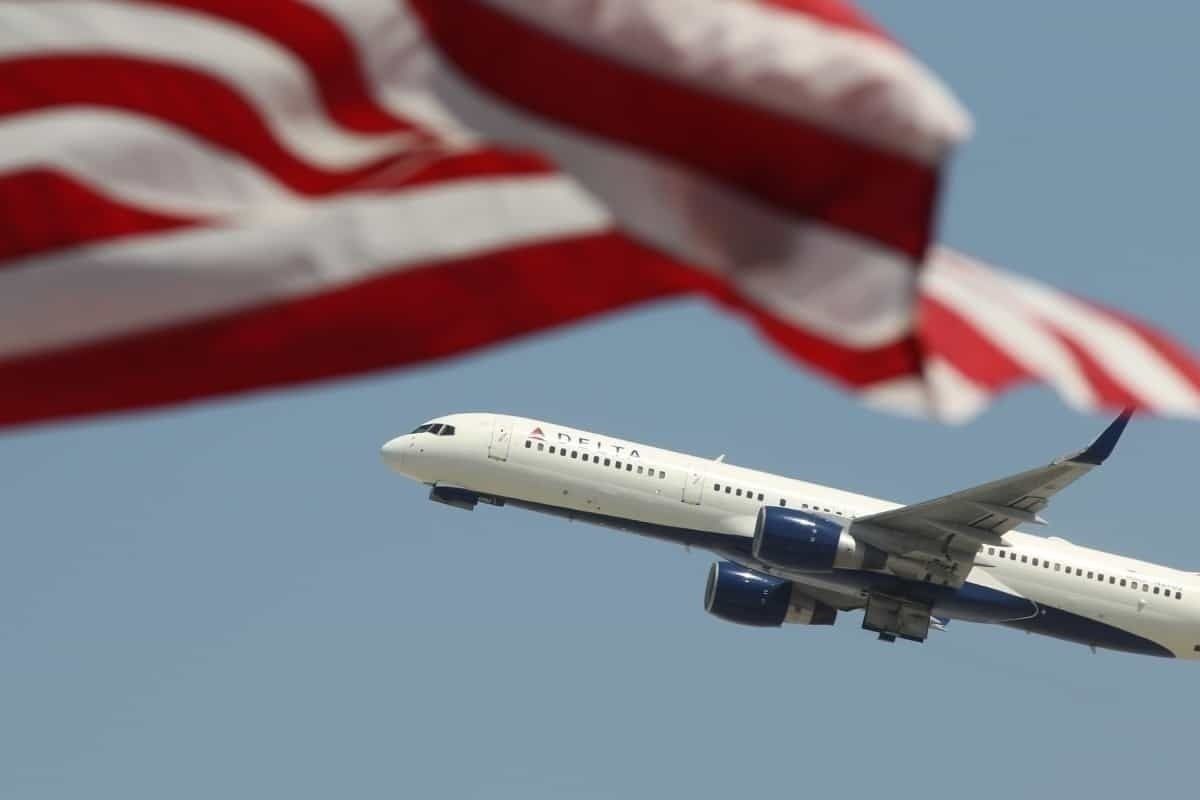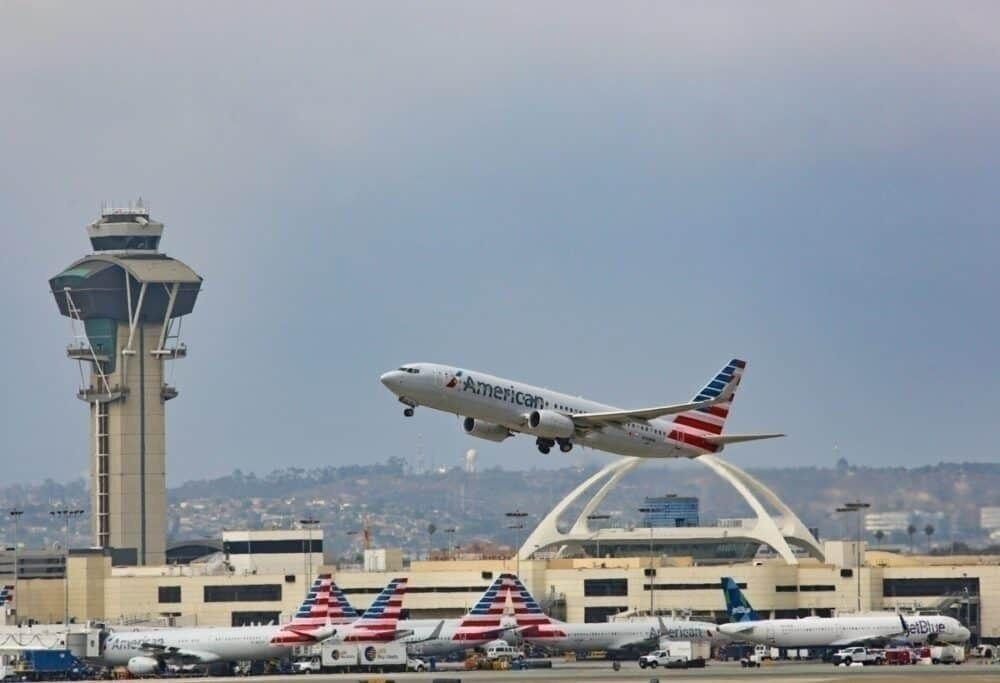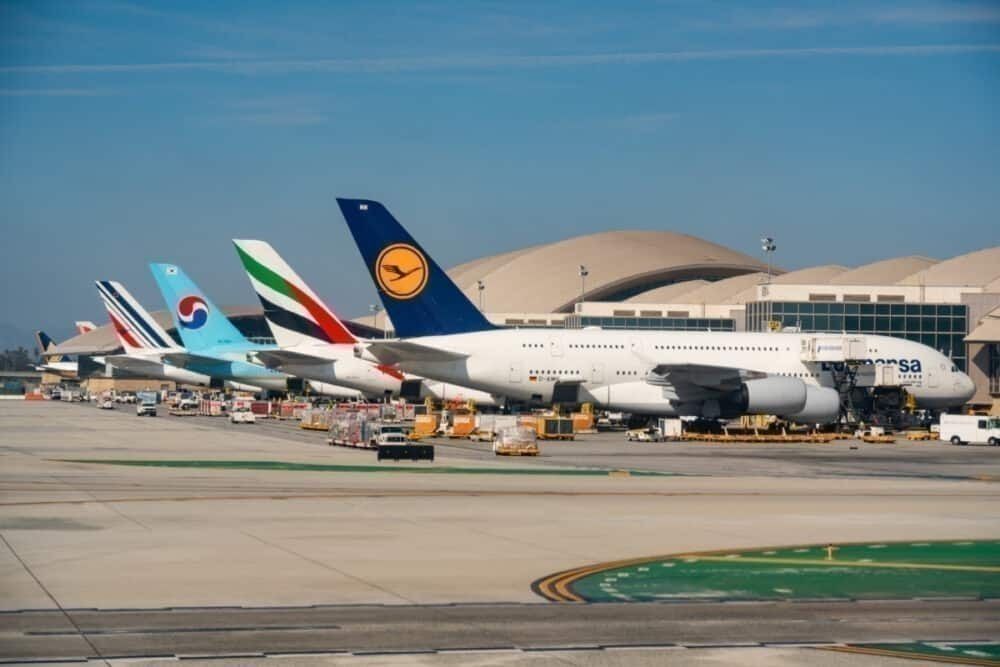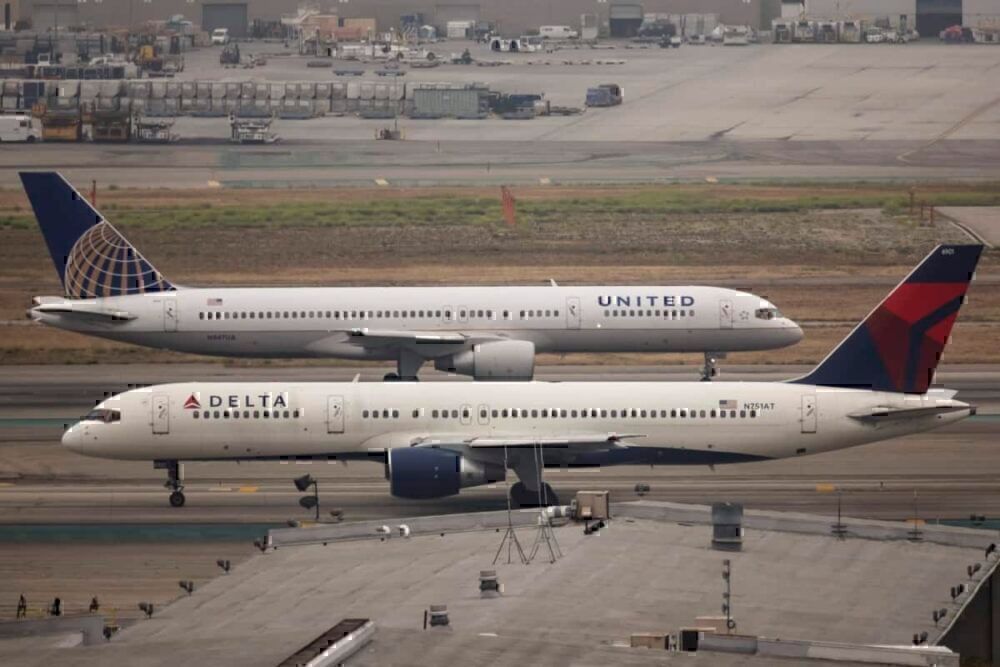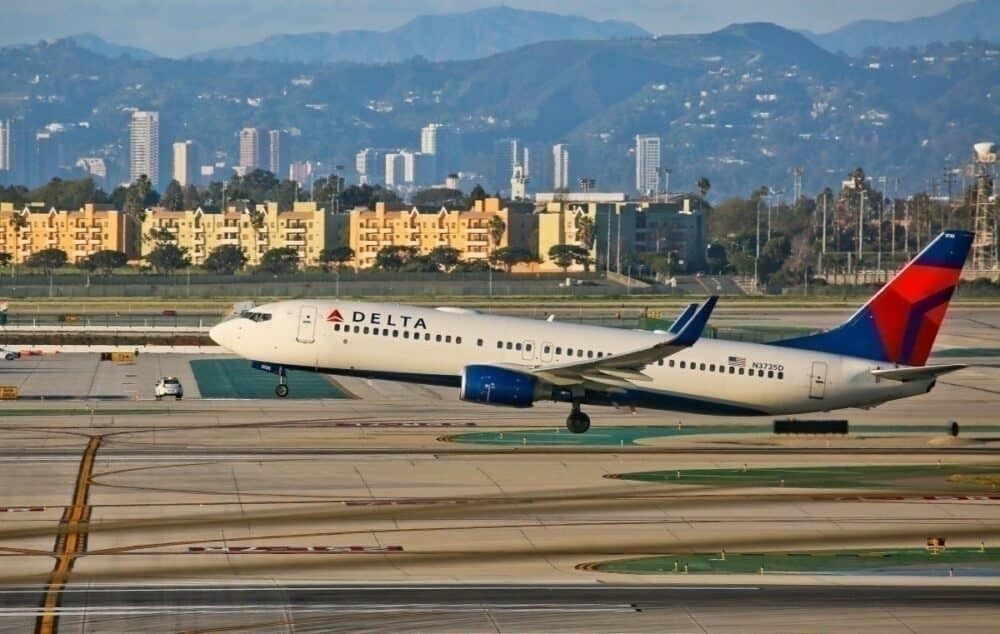Dollar Flight Club has found that domestic fares within the United States are 41% lower than on average. While this is excellent news for passengers looking to travel in the short-term, long-term, the company expects that airfares will increase within the US.
Domestic airfare is pretty cheap right now
Dollar Flight Club released some findings of its analysis of domestic and international travel in the current crisis. Currently, through 2021, domestic fares are down about 41%. However, long-term, Dollar Flight Club expects prices to increase by 21% through 2025. These numbers are based on average fares in 2019.
This is not terribly surprising given the extent of the current crisis. Early on, when demand had all but vanished, and load factors bottomed out, US airlines started to slash fares getting as low as $16 for a five-hour flight. American Airlines was one of the carriers at the forefront of this strategy, selling transcontinental roundtrips for as little as $40.
What about international travel?
Dollar Flight Club also found that short-term fares for international flights were down about 35% from its 2019 average. Long-term, through 2025, airfare pricing is expected to increase 27% on average.
International fares were also available at pretty low prices– including during the busy Thanksgiving holiday. However, airlines have faced some struggles trying to fly internationally. Especially for Americans, borders remain closed around the world, leading to record-low demand and a lot of uncertainty. Airlines have indicated that international travel continues to lag domestic travel in terms of a rebound– although domestic tourism continues to remain low with plenty of room to grow.
Why will flight prices rise?
Dollar Flight Club highlighted a few reasons why flight prices, in the long-term, will rise. The current crisis is temporary and will pass with a gradual increase– perhaps in two or three or four years, depending on who you ask. Others have projected a more step-style of recovery that is contingent on the creation and distribution of a vaccine.
Regardless of how a return will look, the airline industry is going to emerge smaller, which Dollar Flight Club says is bad for passengers. There will be fewer choices for passengers on many routes, especially in short-haul markets. Fewer options inherently mean there will be fewer itineraries and markets that can be served easily with fewer or shorter connections.
In comparison to other crises, just after 9/11, airfare prices were down by about 18%. By 2003, fares were up about 25% compared to pre-crisis levels. In the Great Recession, between 2008 and 2009, airfare was down 21% on average. By 2011, fares were up 24% on average.
For the next couple of years, flight prices will be pretty attractive. There is still excess capacity in the US, leading some airlines who are booking to capacity to reduce their fares. Meanwhile, some airlines are charging more, but also blocking middle seats– meaning fewer seats to sell and earn revenue.
Have you seen lower flight prices? Did you jump on any cheap flights? Let us know in the comments!

